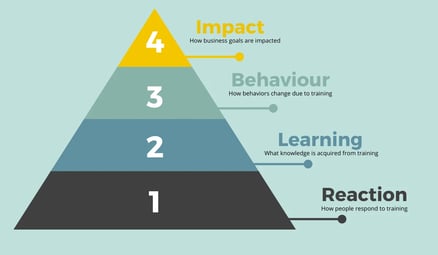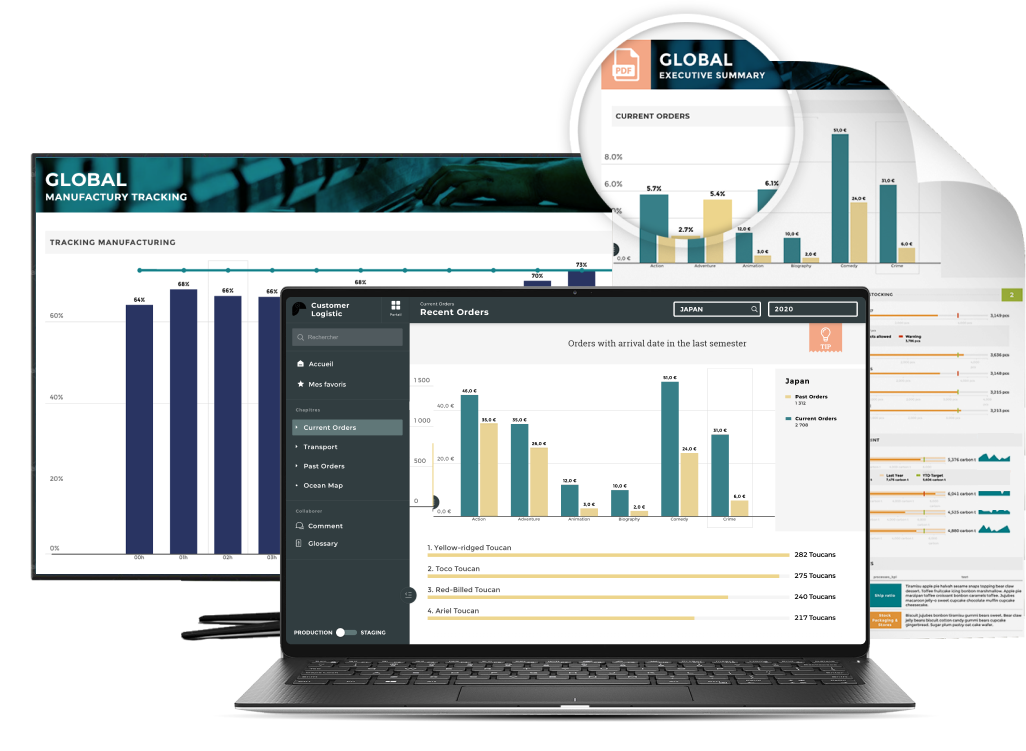The U.S. business community spends more than $80 billion on employee training every year, and global training expenditures have increased roughly 400% in the past 11 years. What's been found time and again is that what matters is not really how much is spent, but how effective training is and how well it is received by employees. Because of this, evaluating training effectiveness is essential for businesses of all sizes.
An organization's training effectiveness is measured by how it affects a trainee's knowledge, skills, performance, and ROI. Defining the training's goals and objectives before implementation will allow these to be measured accurately and clearly.
Using scientifically validated techniques to evaluate the effectiveness of training programs is known as training effectiveness management.
Training effectiveness is consistently measured by organizations (large and small) for a variety of reasons. Those include:
- To determine if the training is actually beneficial for employees.
- To calculate the ROI of the training based on business performance.
- To identify and improve issues in training processes.
How to measure training effectiveness?
The effectiveness of a training program can be determined through a variety of mediums, including 1:1 discussions, surveys, questionnaires, post-training quizzes, and assessments. While there is no universal "best" way to do this, a mixture of quantitative and qualitative measures is generally a good idea. Perhaps more important is making aligning, as a team, on how you want to measure and assess the data you collect during this evaluation before the training actually begins.
In this article, we’ll be focusing on the Kirkpatrick model, which is a strong, four-tiered approach used by many of today's top companies to measure the effectiveness of various courses and training programs. But for an honorable mention of some other models that can, and are, also used to evaluate training effectiveness, feel free to check out:
- The Phillips ROI Model
- Kaufman’s Five Levels of Evaluation
- Summative vs. Formative Evaluation
- Anderson’s Model of Learning Evaluation
Without further ado, let's take a look at the Kirkpatrick model:

The four levels of this model include:
- Level 1: Reaction – The first step in evaluating the training is to evaluate the learners' reactions.
- Level 2: Learning – The second step involves measuring how well the trainee has learned.
- Level 3: Behavior – The third step assesses the impact of training on behavior (if any and to what extent).
- Level 4: Impact – The last step is to measure the impact of training on business goals and results.
Here's a closer look at each level of the model, including examples of KPIs and how to measure them.
Level 1: Reaction
This stage is designed to gauge how satisfied your participants are with the training. Here, you can notice recurring themes or patterns, as well as potential areas for improvement.
Example KPIs
- Participation rates
- Completion rates
- Net promoter score
How to measure
Survey questions for training effectiveness, with open-ended questions or using a scale method. You may also conduct an interview with learners to field similar information.
Level 2: Learning
Learning stage goals include ensuring that your training delivers its intended objectives, identifying the skills your training can build in learners, and noting any knowledge or skills that are acquired as a result.
Example KPIs
- Acquired knowledge and/or skills
- Transfer of training into daily performance
How to measure
Before and after the training, it can be useful to test learners on the key areas you want to evaluate. You will be able to clearly see the specific benefits of the training to the learner. The actual test will depend heavily on the context.
Pre- and post-interviews and assessments with employees are another good measurement, as well as peer reviews.
Level 3: Behavior
In the behavior stage, the goal is to determine whether or not an employee's behavior has changed as a result of the training they received. Particularly, how do they feel about the training?
Example KPIs
- Employee engagement
- Morale
How to measure
Behavior change is most commonly measured through observations and reviews, both pre-and post-training.
This would include open-ended questions from observers or analysis from email conversations or personal development plans.
At this point, the work environment in which trainees return plays a large role in whether they are able to apply their newly acquired skills. It is likely to revert and be lost if management and culture do not support the new behavior.
Level 4: Results
In the final stage, you will evaluate whether the training program has driven outcomes in your business. Here, results like productivity, efficiency, and customer satisfaction are often measured over varied time horizons.
Example KPIs
- Employee retention
- Productivity levels
- Quality of work
- Revenue
- Customer satisfaction
How to measure
This may include interviews, focus groups, or surveys to measure the perceptions of customers and stakeholders, comparing data on employee turnover and retention rate, and analyzing sales and profits before and after the training.
Best practices to measure training effectiveness
Here are some best practices that will help you better assess training effectiveness:
- Have a reasonable number of KPIs (not too many or too few)
- Identify your KPIs before the development phase of your training.
- Plan your data collection schedule in the design phase of your training.
- Customize your evaluation framework.
- Act on your findings.
By improving employees' performance, you can boost the success and results of your business. By evaluating your training's effectiveness, you can determine whether you have achieved your goals and how to improve them.
This is not a one-time event, so make sure that evaluating training effectiveness is a continual process that allows your employees to feel empowered and supported at work. Learning and development can be effective even without a large budget, but measuring effectiveness using an efficient analytics platform and acting accordingly will set you up for success.





